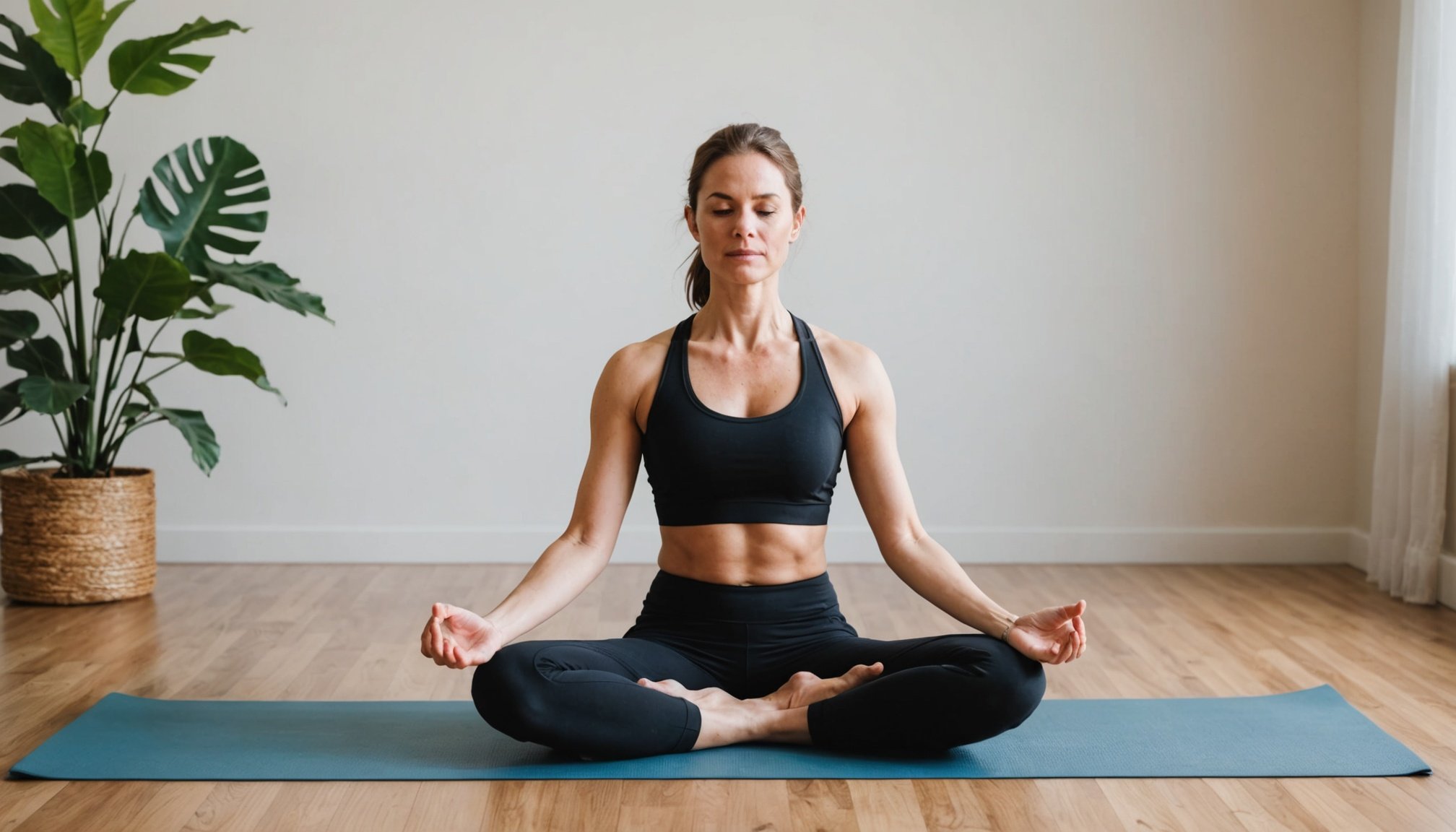Understanding Postpartum Core Recovery
Rebuilding core strength after childbirth is vital to support daily activities and reduce back pain. During postpartum recovery, many face challenges like diastasis recti, where the abdominal muscles separate, weakening the core. It’s essential to approach this phase with patience and awareness.
Yoga can significantly aid in core rehabilitation by promoting gentle engagement and reconnection of the abdominal muscles. It offers a holistic approach, combining physical movement with breathwork to enhance core stability gradually. This practice also aligns with the body’s natural healing process, offering modifications for various fitness levels, making it suitable for everyone.
Have you seen this : How can you find inspiration from street style to enhance your own fashion choices?
For mothers experiencing conditions such as pelvic floor weakness or aforementioned diastasis recti, integrating targeted yoga poses can assist in promoting effective core recovery. These exercises can be part of a broader postpartum wellness plan that includes adequate rest, nutrition focusing on muscle repair, and hydration.
Understanding these factors and how they contribute to regaining core strength is crucial for a smoother, safer postpartum journey. This focus on core health not only benefits physical recovery but also boosts confidence and overall well-being, equipping new mothers to manage their new roles with greater ease.
This might interest you : Powerful workouts for boosting heart health and sculpting your muscles
Essential Yoga Poses for Strengthening Postpartum Abs
Incorporating essential yoga poses into a postpartum routine can effectively aid in strengthening the abs. Each pose targets specific areas, offering benefits crucial for recovery.
Cat-Cow Pose
The Cat-Cow pose promotes spinal alignment and engages core muscles. Begin on hands and knees, aligning wrists under shoulders and knees under hips. Inhale while arching the back and lifting the head (Cow), then exhale while rounding the spine and tucking the chin (Cat). Modifications include placing a folded blanket under the knees for support or reducing the range of movement for beginners.
Bridge Pose
Bridge pose targets both the abdominal and pelvic floor muscles. Lie on your back with knees bent and feet flat on the floor. Press into feet, lifting hips toward the ceiling, engaging the core. For comfort, place a yoga block under the sacrum or perform this pose on a softer surface.
Modified Plank Pose
A Modified Plank enhances overall core stability. Start on hands and knees, then step feet back to form a straight line from head to knees. Keep abs engaged and hold the pose. Beginners can lower knees for ease, while advanced practitioners may lift one leg for added challenge.
Child’s Pose
Child’s Pose aids in relaxation and recovery. From hands and knees, sit back onto heels and extend arms forward, resting forehead on the floor. This pose allows for a gentle stretch, reducing tension. Incorporate it at the end of a session for optimal relaxation.
Creating a Safe Yoga Routine
Establishing a safe yoga routine is crucial during postpartum workouts to ensure both effectiveness and physical safety. It is recommended to practice postpartum yoga about three times a week, with sessions lasting between 20 to 30 minutes. This frequency allows for gradual improvement in strength without overwhelming the body.
Listening to your body is paramount. Postpartum recovery varies greatly among individuals, so being attuned to how exercises affect you is essential. If a pose feels uncomfortable or painful, it’s vital to modify it or consult a professional. This might involve using props like yoga blocks or straps.
Adhering to safety tips, such as warming up before yoga sessions and focusing on breath control, enhances recovery. Breathing deeply can aid in activating and engaging core muscles more effectively. A structured postpartum workout should incorporate gentle transitions and avoid high-impact movements until core strength is regained. Additionally, wearing comfortable attire not only improves performance but also prevents strain-related injuries. Prioritising safety ensures that the practice is not only beneficial but sustainable, supporting a lasting return to fitness.
Additional Strategies for Postpartum Core Strength
Enhancing postpartum wellness involves a multifaceted approach beyond yoga. Complementing gentle yoga poses with other low-impact activities like walking or swimming can accelerate core strength recovery and boost overall fitness. These activities help keep the body active without putting undue strain on healing muscles.
Nutrition plays a pivotal role in supporting core strength strategies. Focus on a balanced diet rich in proteins, healthy fats, and fibre to aid muscle repair and promote energy levels. Hydration is equally crucial; it ensures efficient nutrient transport and avoids muscle cramping.
To tailor your recovery plan, seek expert advice from professionals such as physiotherapists or certified postpartum fitness trainers. They can provide personalized fitness tips and suggest modifications suited to individual needs and conditions, ensuring a safer and more effective recovery process.
Incorporating these strategies can bolster your postpartum journey, nurturing both physical healing and mental well-being. Balancing these core strength strategies with appropriate rest and expert guidance helps manage the demands of new motherhood successfully.
Expert Advice and Resources
In navigating postpartum recovery, consulting with healthcare professionals is essential. They offer expert advice tailored to your unique needs, ensuring safety and efficiency in rebuilding core strength. Engaging with professionals like physiotherapists can provide insights into effective postpartum exercises.
Beyond personal consultations, consider leveraging various postpartum resources. Books, apps, and online platforms like community forums offer guidance and a wealth of tips to support your recovery journey. These resources often provide step-by-step instructions for essential exercises, ensuring proper form and reducing the risk of injury.
Finding a supportive community can be incredibly beneficial. Connecting with others who are facing similar experiences fosters a sense of belonging and encouragement. Local fitness groups or online platforms can connect you with peers and experts alike, creating a robust network for wellness support. Engaging in discussions about techniques and progress can motivate and inspire you as you rebuild your strength and confidence.
Maximising these resources and expert insights can transform your postpartum experience, offering a supportive pathway towards renewed physical and mental well-being.











